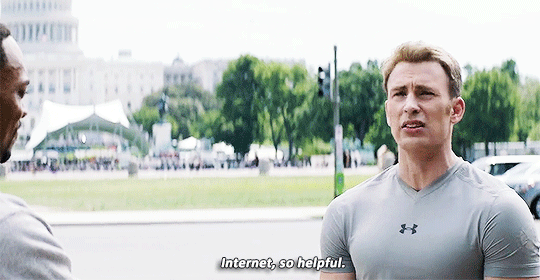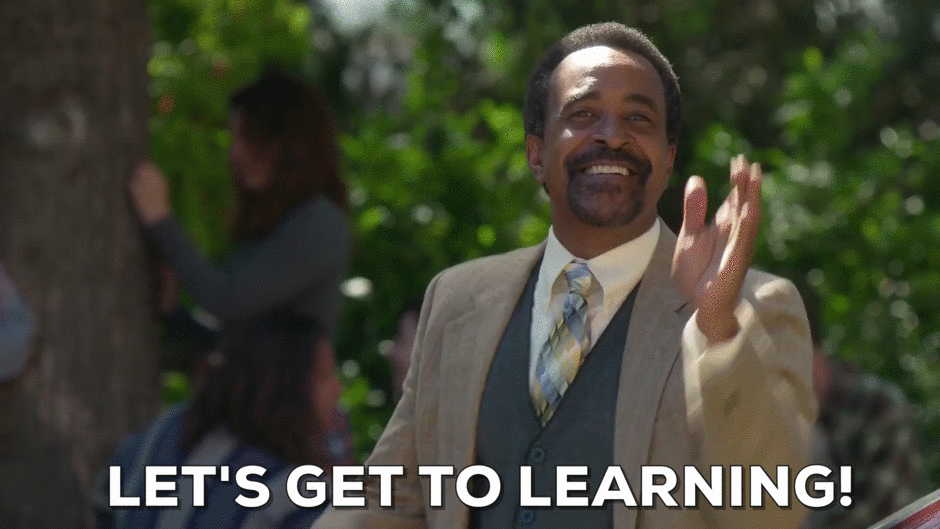Like many people, I’ve recently learned a lot about engaging student employees virtually.
In my experience helping oversee a team of 25 Wellness and Prevention Peer Educators, I’ve found that iGen students are eager to stay employed and occupied while working remotely during the pandemic.
It’s possible to not only engage our student staff from afar but to help them fully thrive as employees.
Here are nine assignment ideas for your peer educators or other student staff based on what my student leaders have enjoyed completing remotely.
1. Assessment
Create a student assessment team to assess all of your office’s programs. Depending on the size of your staff, you can assign three to five students to create assessment tools and analyze the data. Or, if you have a smaller number of students, you could simply assign a single student to be your office’s assessment coordinator.
Host online training sessions for these students about your expectations for program assessment and to educate them on how to use powerful assessment tools like Presence.
You can also invite your student assessment team to be creative in designing and distributing surveys. For example, my office’s student assessment team has created surveys as fun Instagram polls about wellness and prevention topics. It is too small of a sample size to capture the broader student body’s opinion, but it still gives my team some nice feedback and interactions.
Or, if you have data available from years past that you have never had the time to analyze before, you can assign this to students to review, too. Students can even use Presence to learn from data in real-time during the programs you’re hosting!

2. Web Content
If you have more time available in your workday (because working remotely frees you from your long commute or because you’re no longer frequently engaged in office chatter), now might be the perfect time to update a webpage you’ve been neglecting. This is an excellent assignment for your student staff to assist with remotely!
First, have them study your website and reflect on its usability. You can create a set of questions for them to reflect upon and research, such as:
- What information do you think the website’s visitors should see first?
- How many clicks does it take to get to the most important information?
- Is the site readable? Does it use language that everyone can understand?
- Does the website use inclusive language?
Once they have completed their study of the website, ask your students to create a thorough list of changes that should be implemented. Finally, once you have approved every item, you can have the students make the changes themselves or work with your IT department or web developers to do so.
3. Blog
My coworkers and I have long assigned our peer educators to write blog posts on the wellness and prevention topics of their choice. A graduate assistant or peer educator studying English or communications is typically responsible for editing and publishing the blog posts.
Most recently, in our semester of social distancing, the blog became an even better assignment for students. Writing is one of the best tasks for social distancing because it is ideally completed alone anyhow.
Assign your students to research and write about topics that are important to them personally and are also relevant to your office and its mission. For example, our students in Sexual Violence Prevention have written about the intersection between domestic violence and stay at home orders, as well as pieces about gratitude as an aspect of holistic wellness.
You can also have students write informational blog posts about the services your office provides. For example, our students have blogged about how their peers can utilize our one-on-one wellness coaching sessions, yoga classes, and prevention programs.
4. Social Media
Our peer educators were responsible for posting on social media before the pandemic and in our hybrid learning space, I’ve set higher expectations for their work in this area.
I recommend assigning students to create a posting schedule for all your social media accounts, perhaps utilizing an automated scheduling tool like Buffer or Hootsuite. We also implemented Instagram Reels assignments this year; our students loved taking turns posting videos about our services, along with informative clips about wellness and prevention.
When you give some control of your social media accounts to your student staff, you will likely see an increase in engagement because they’ll share posts they are proud of to their personal accounts. This helps their friends discover and follow your page!
Our students also frequently host giveaways of fun wellness items to students who like, comment, and share posts with their friends, which increases our post views and engagement.

5. Podcast
We asked our students to create a podcast, research topics, and promote the episodes.
They used the Stitcher app to record and distribute Words of Wellness on Spotify and other apps. The podcast is a delight to listen to. Our students take turns hosting, and it’s been great to listen to them share their reflections on wellness! It’s even helped me get to know my students better despite the fact that I haven’t met some of them in person yet.
6. Programming
Our office did not pause programming during our hybrid semester; we just shifted our strategies and approaches. Students were tasked with writing program proposals that took place online or in socially distant manners.
Students really impressed me with their ideas. They hosted a consent Instagram campaign, a red flag display across campus during Domestic Violence Awareness Month, and a socially distant painting party aimed at combating stress.
I recommend creating a program proposal form that students can use to organize their ideas into concrete plans. The proposal should include what the program is about, when and where it will be hosted, what staff will be needed, the budget, and the plan for assessment. Check out this program planner to help your students think through their proposals.
By giving students some creative control within your office’s programming, they’ll get more excited about what you implement together. With the proposal process, you’ll still have ultimate approval and editing power, which is important given your knowledge of best practices and evidence-based solutions for student programming.
7. Wellness Coaching
Our peer educators are trained as one-to-one peer wellness coaches.
Wellness coaches meet one on one with participants and coach them along the eight dimensions of wellness: Physical, emotional, social, spiritual, intellectual, financial, environmental, and occupational.
Students meet virtually via video conference throughout the semester to address wellness topics important to them. If you do not have a wellness coaching program, it’s possible to implement one virtually now. Or if you’re starting from scratch, you can utilize NASPA’s certified peer educator course to help you get started.
8. Research
To cultivate your student staff’s or peer educator’s knowledge, assign them research areas to study. This is especially helpful if you have asked them to design and host virtual programs because they can delve into research topics that relate to their programming plans.
For example, I have assigned my peer educators who present programs on violence prevention to read up on best practices in the prevention field, the history of violence prevention, and emerging trends in the field.
9. Training

My coworkers and I have utilized our remote work time to have our students virtually participate in important trainings. For example, we invited our LGBTQIA+ resource center coordinator to present SaferSpaces training and our multicultural coordinator to present training on implicit bias.
These trainings were presented live via Microsoft Teams but you could also assign students to watch recorded trainings during their work hours. We were also able to attend NASPA’s virtual peer educator conference and students could attend sessions that fit their interests during work hours.
Luckily, students in iGen are already used to communicating online, and I have been impressed by their flexibility, creativity, and resiliency during this wild academic year. Implementing some of these assignments for your team should enhance their virtual work, too!

What assignments have you given your student staff recently? Connect with us on Twitter @themoderncampus.





